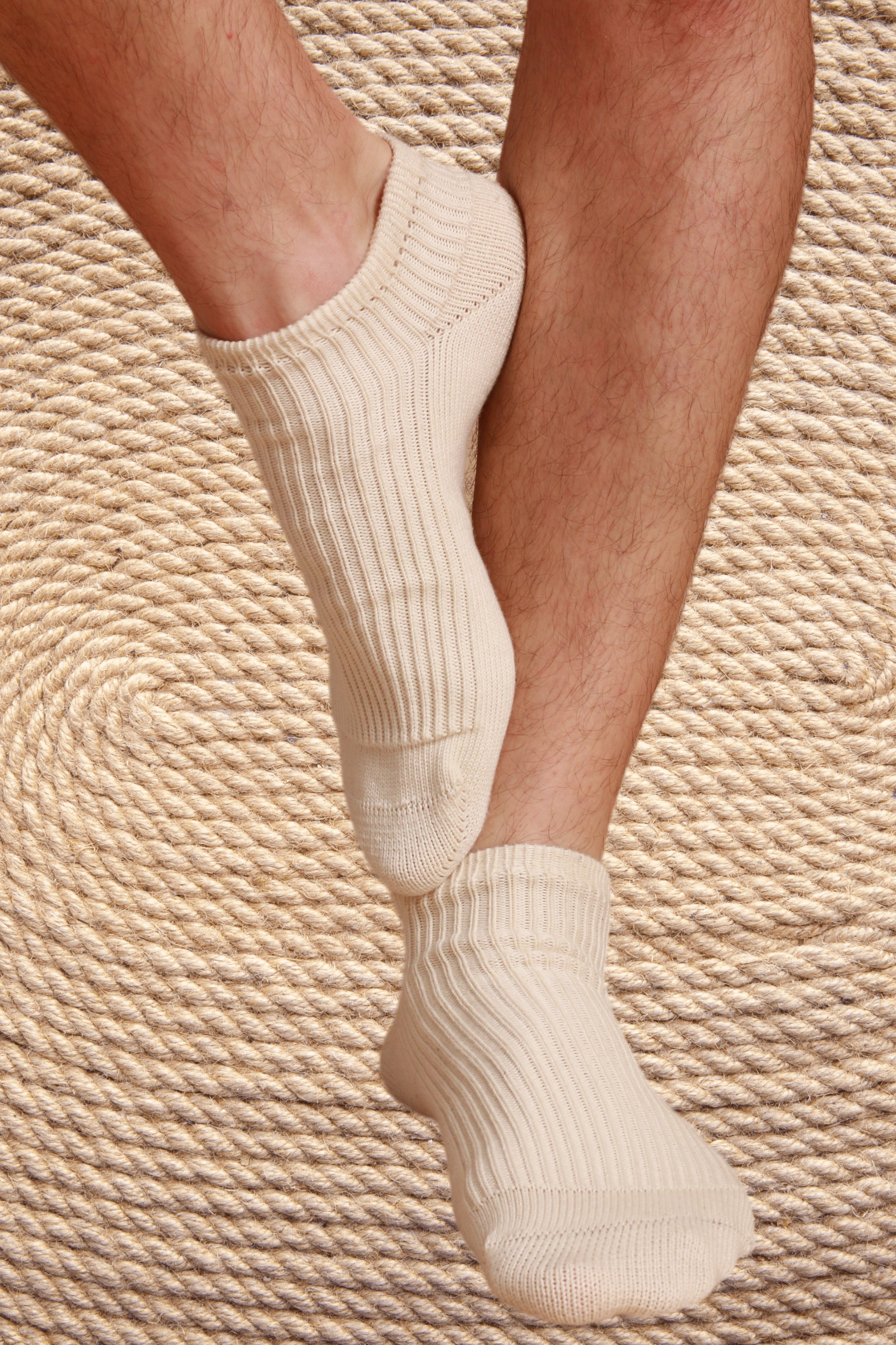What causes ankle rash?

Ankle rash is an inflammatory reaction of the skin on the ankles. Ankle rash may be caused by other conditions such as infection, allergic reaction, parasites, insect bites, and autoimmune processes. For instance, an acute ankle rash that appears suddenly may be caused by an allergic reaction or sensitivity to poison ivy, hair waxing or shaving, or an insect bite.
Like many inflammatory skin diseases, many conditions can bring about ankle rash, which may appear on one or both ankles, and may continue upward to the leg or down to the foot. Rashes that develop on the ankle may also begin from further up the leg.
Chronic ankle rash may be caused by atopic dermatitis or psoriasis. It is a skin condition that shows up as red, flaky, crusty patches of skin covered with silvery scales. It happens when skin cells build up more rapidly than it normally should.
Serious cases of ankle rashes include a severe allergic reaction called anaphylaxis (narrowing of airways) and cellulitis (an invasive bacterial or fungal infection of the skin and its surrounding tissues). Ankle rash may emerge in different sizes, shapes, and colors. The texture of an ankle rash can be flat, raised, blotchy, bumpy or scaly and could include flaking off or peeling of the skin. Ankle rashes can also appear as dots, spots or patches, or they may appear to be solid and continuous. They may or may not be itchy, and can be red, white, purple, or silver in color.
People who tend to sweat excessively or those who wear socks for extended periods of time are more prone to ankle rash. The main reason why ankle heat rashes develop in some people after strenuous physical exercise is too much perspiration. Wearing warm wool socks exacerbates the skin condition. The sweat glands get congested as a result of which the perspiration remains trapped beneath the surface and irritates the blood vessels. As a result, the skin erupts in the form of boils and rashes.
How do you prevent ankle rash?
- If you have a tendency to sweat excessively, steer clear of tight pants or socks. Instead, wear quick drying and airy clothing and footwear. Ventilate your feet and ankles once in a while.
- It is also highly recommended to wear light cotton socks with loose weaving and moisture-wicking properties. These will prevent abrasion in the ankle.
- Sprinkle a generous amount of talcum or prickly heat powder on your feet, ankles, calves and legs to prevent excess sweating.
- Avoid long exposure to the sun and seek shade where you can. As much as possible, avoid strenuous physical activities like walking, running, jogging or playing golf during the high sunny period from 10 am to 2 pm.
- When hiking or trekking in the summer, wear comfortable footwear such as sandals,lightweight shoes or specialized boots.
If your ankle rash shows no sign of healing, it is always best to have it checked by your physician.





